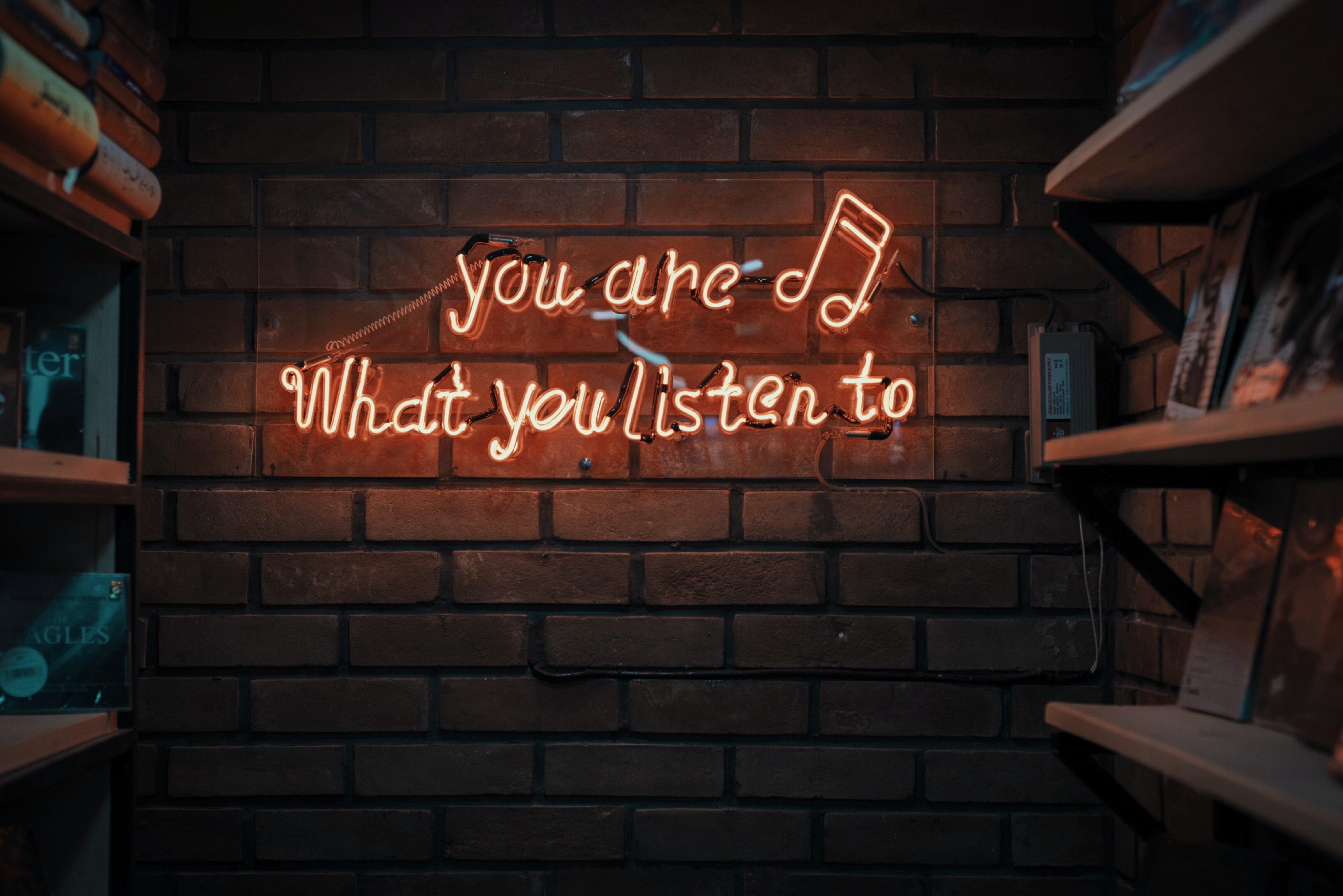The Current State of AI in Audio Transcription Accuracy

I’ve been spending a good chunk of my time lately staring at waveform visualizations and comparing them to the resulting text. It’s easy to assume that with all the chatter about machine learning models getting better every quarter, audio transcription accuracy must be approaching perfection, right? Well, my recent tests suggest the reality is far more textured than the marketing materials often suggest. We are certainly past the point where transcription was a complete toss-up, but the remaining errors aren't random noise; they cluster in predictable, and sometimes incredibly frustrating, ways. Let’s examine what’s actually happening under the hood when these systems process human speech in late 2025.
The primary challenge I observe isn't the basic recognition of common phonemes in clean studio recordings; that part is largely solved, even for lower-resource languages, provided the training data was sufficient. Where the models stumble, and where I spend most of my debugging time, is handling acoustic corruption and speaker overlap in real-world audio. Consider a standard conference call recording where one participant has a cheap headset microphone placed too far from their mouth, introducing low-frequency rumble and clipping on plosives. The system might correctly identify the words spoken by the other three clear speakers, but the fourth speaker’s output frequently devolves into filler words or outright misinterpretations of technical jargon because the acoustic features feeding the language model are too degraded. Furthermore, dealing with true simultaneous speech, where two people are talking over each other for more than a second or two, remains an area where current architectures often default to choosing one speaker’s stream while severely truncating or omitting the other’s contribution entirely. This isn't a failure of intelligence, but a limitation in how current sequence-to-sequence models are architected to resolve competing temporal inputs without explicit, robust speaker diarization separation beforehand.
Another area demanding closer scrutiny is the system's performance on specialized vocabularies, particularly when context isn't explicitly provided to the model during runtime. If I feed the system a recording of a medical panel discussing novel oncology treatments, and the model has only been broadly trained on general web data, accuracy drops noticeably even if the audio quality is pristine. I’ve seen instances where a correctly pronounced, highly specific drug name is transcribed as a common, phonetically similar English word, leading to factual errors in the resulting transcript. This suggests that while large foundational models have broad general knowledge, they still require fine-tuning or context injection for domain-specific accuracy above the 98% mark, which is often necessary for legal or scientific documentation. Conversely, when dealing with highly accented speech, the results are surprisingly good if the model has been exposed to diverse accent datasets, often outperforming older, rule-based systems that struggled with non-standard pronunciations of common words. The variability here is vast; a slight shift in background noise profile can sometimes cause more transcription drift than a completely different regional accent, which is a fascinating trade-off in current acoustic modeling.
My continuing observation is that the headline accuracy percentage rarely tells the whole story about a transcription system's utility. We must look beyond simple word error rate (WER) and focus on semantic integrity, especially when dealing with high-stakes audio. A single missed comma or an incorrectly transcribed proper noun in a deposition transcript can carry far greater weight than ten small errors in a casual interview recording. We are now at a stage where the technology requires an informed human editor to focus primarily on boundary conditions—the overlaps, the low-signal segments, and the domain-specific terms—rather than correcting every other word. The technology has gotten very good at the middle 80% of the audio; it’s the edge cases that reveal the current ceiling of automated processing.
More Posts from transcribethis.io:
- →Otterai vs Human Transcription Comparing Accuracy Rates in 7 Different Meeting Scenarios
- →7 Popular Apps That Record and Transcribe Phone Calls with Real-Time AI Technology in 2024
- →The Real Earnings A Month of Transcribing for Scribie in 2024
- →Exploring the Intricacies Fireflies AI vs Otter AI – A Comprehensive Analysis of Transcription Capabilities and Beyond
- →7 Viable Alternatives to OtterAI for Transcription and Writing Assistance in 2024
- →AI Job Displacement in 2025 7 Key Statistics That Show Why 40% of Global Workers Are Concerned